The tone control is a type of equalization used to make specific pitches or “frequencies” in an audio signal softer or louder. A tone control circuit is an electronic circuit that consists of a network of filters that modify the signal before it is fed to speakers, headphones, or recording devices by way of an amplifier. It allows listeners to adjust the sound to their liking and compensate for recording deficiencies, hearing impairments, room acoustics, or shortcomings with playback equipment.
For example, older people with hearing problems may want to increase the loudness of high pitch sounds they have difficulty hearing. It can be used to adjust an audio signal during recording. For instance, if the acoustics of the recording site causes it to absorb some frequencies more than others, tone control can be used to amplify or “boost” the frequencies the room dampens. Here we design a tone control circuit by using LM1036 IC and other easily available components.
Hardware Required
| S.no | Component | Value | Qty |
|---|---|---|---|
| 1. | IC | LM1036N | 1 |
| 2. | Resistor | 47KΩ | 4 |
| 3. | Variable Resistor | 47KΩ | 4 |
| 4. | Capacitor | 0.01uF,10uF,0.39uF,0.22uF,0.47uF,47uF,10nF | 2,2,2,4,2,1,1 |
| 5. | Connecting Wires | – | – |
| 6. | Battery | 16V | 1 |
Circuit Diagram

Tone Control IC LM1036 Pinout

Working Explanation
As we can see, the main part of the circuit is LM1036 IC. This IC LM1036 from texas instruments is a DC-controlled tone control integrated circuit, it provides dual bass, treble, and balance volume output from an audio signal(between the right channel and left channel (input 1 and 2 )). This IC is most suitable for stereo applications in car, radio, and TV audio systems. This IC operates with 9 volts to 16-volt DC power supply and it has a large volume control range of 75 dB as typical, tone control ±15 dB typical channel separation, 75 dB typical, low distortion, 0.06% typical for an input level of 0.3 Vrms and high signal to noise, 80 dB typical for an input level of 0.3 Vrms. It needs a few external components to operate. An additional control input allows loudness compensation to be simply affected.
Applications
Used in many sound systems: radios, portable music players, boom boxes, public address systems, and musical instrument amplifiers.


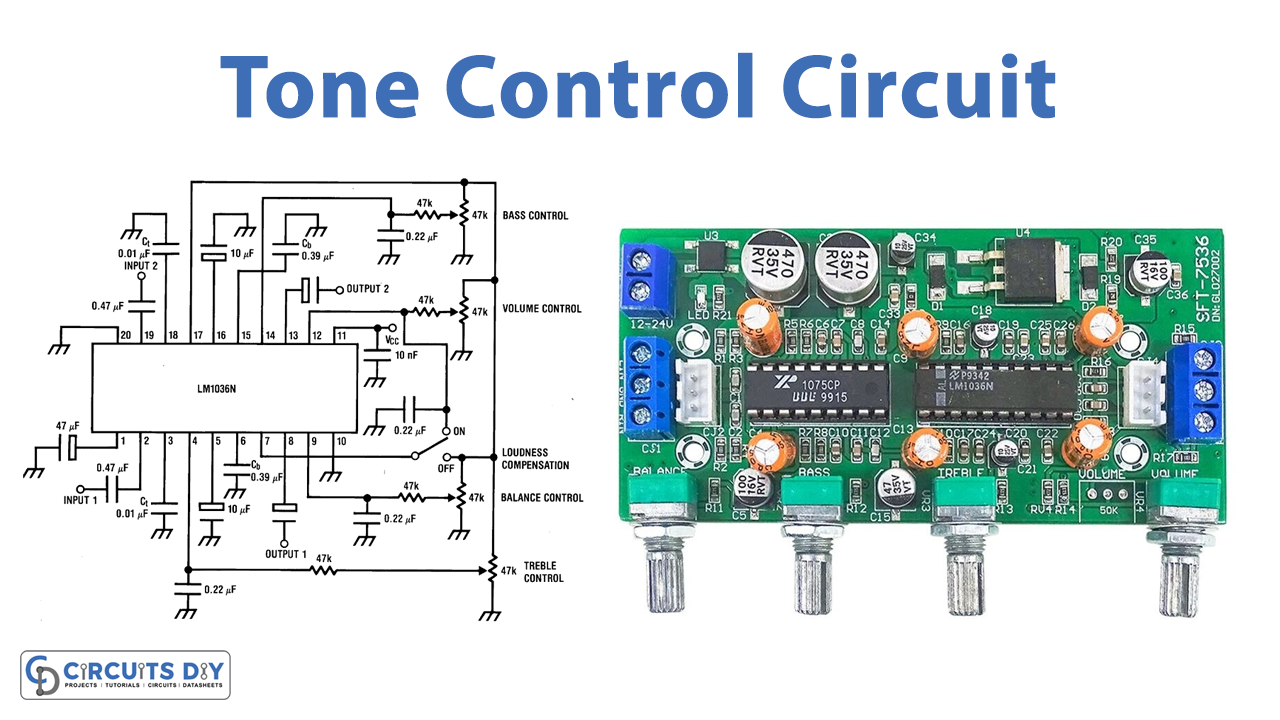
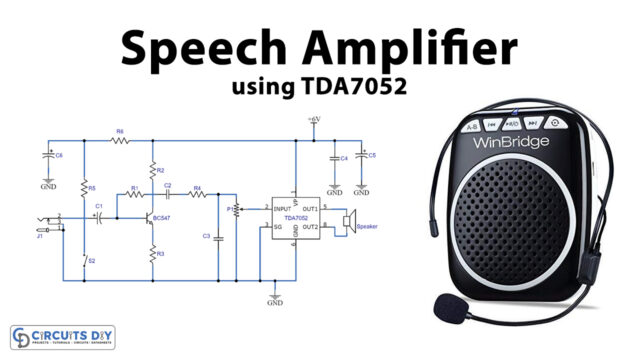
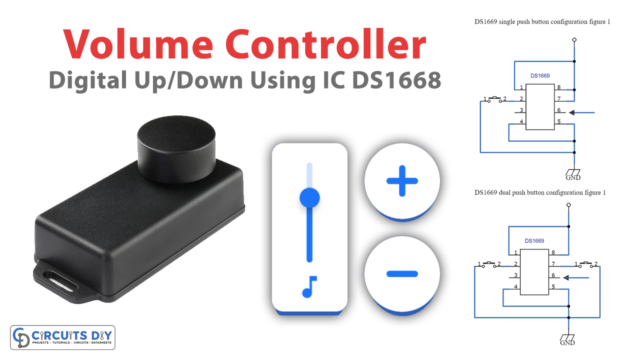
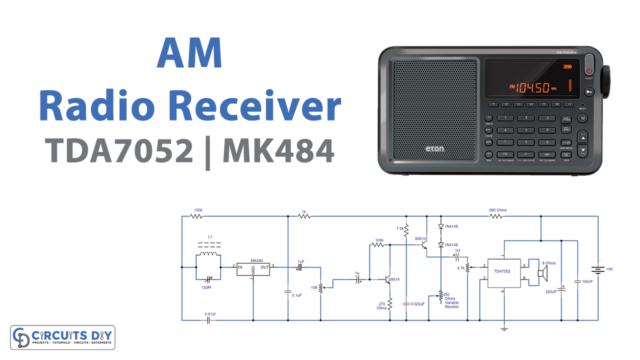
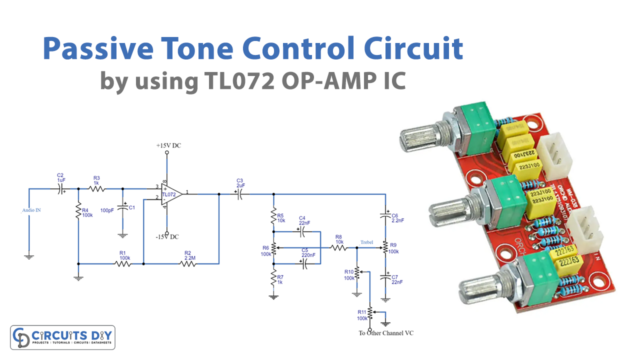
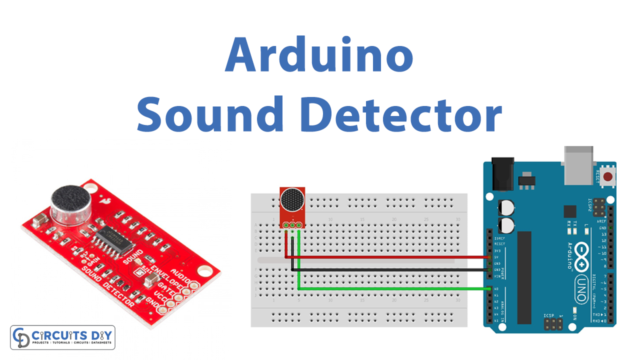
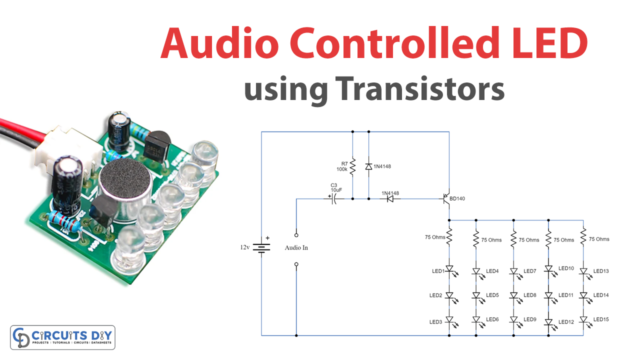





When I came across this site I though… could be interesting. Turns out, not so much.
A lot of the circuits are next to useless, like the LED dimmers. 10 LEDs are not going to be bright in the first place, don’t really see any reason to dim them. And then there’s the circuits like these https://www.circuits-diy.com/tone-control-circuit-using-lm1036/ https://www.circuits-diy.com/la3600-audio-equalizer-circuit-2/ where the picture is nothing like the circuit. I think it would be better to show the finished product instead of someone else’s.